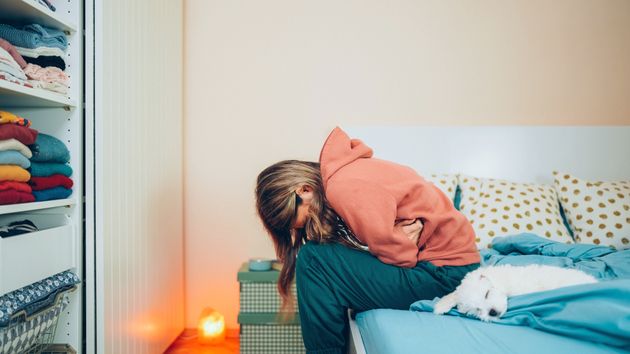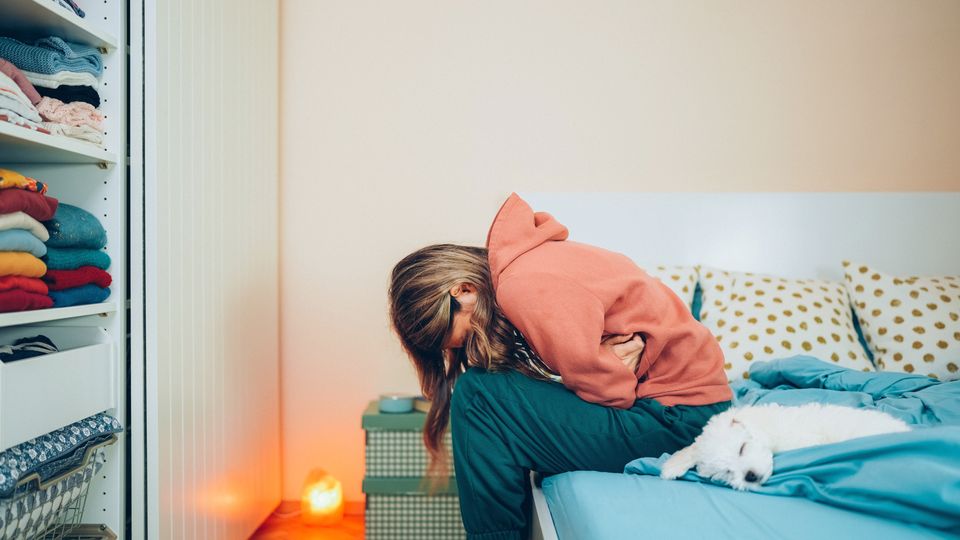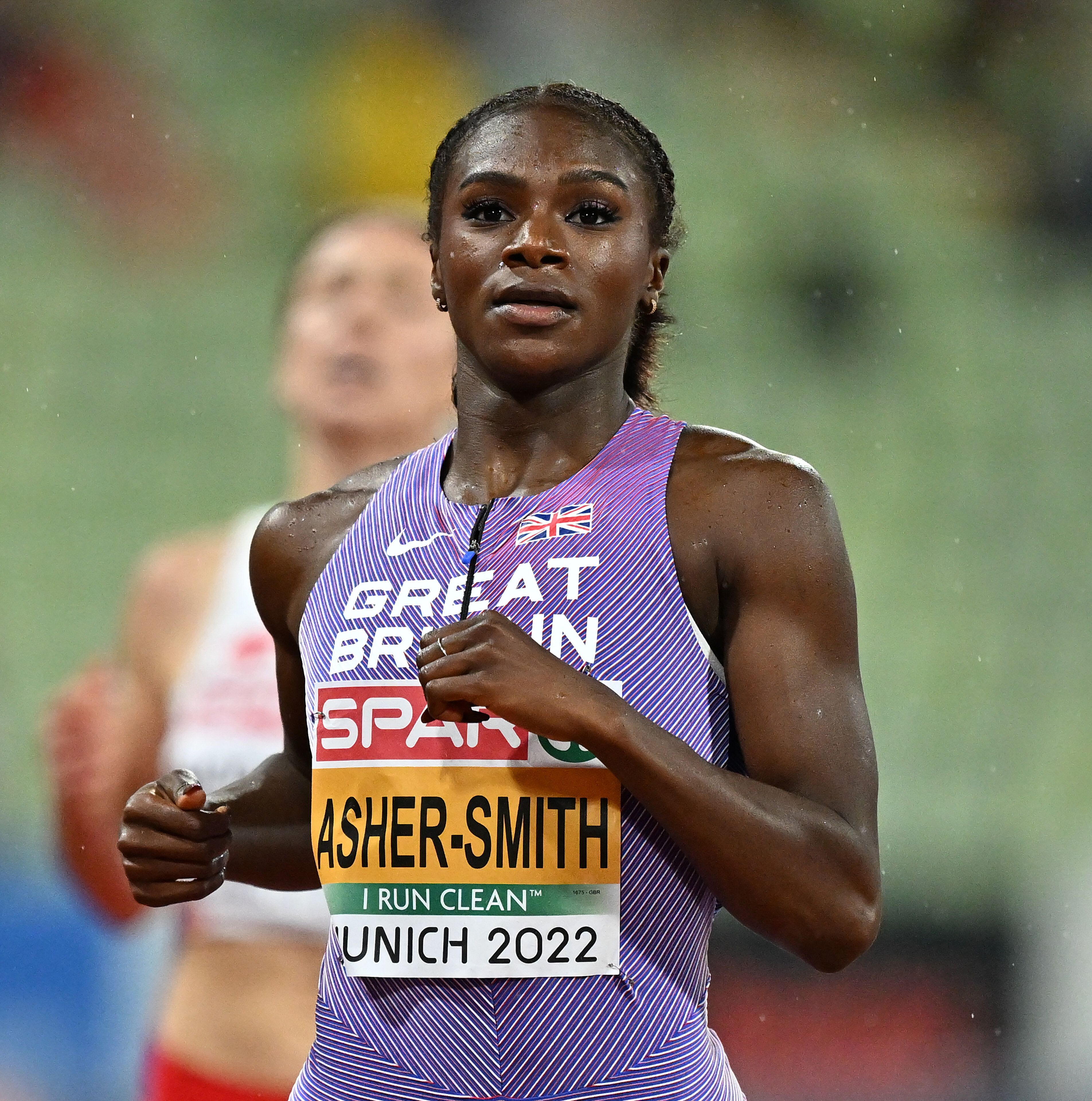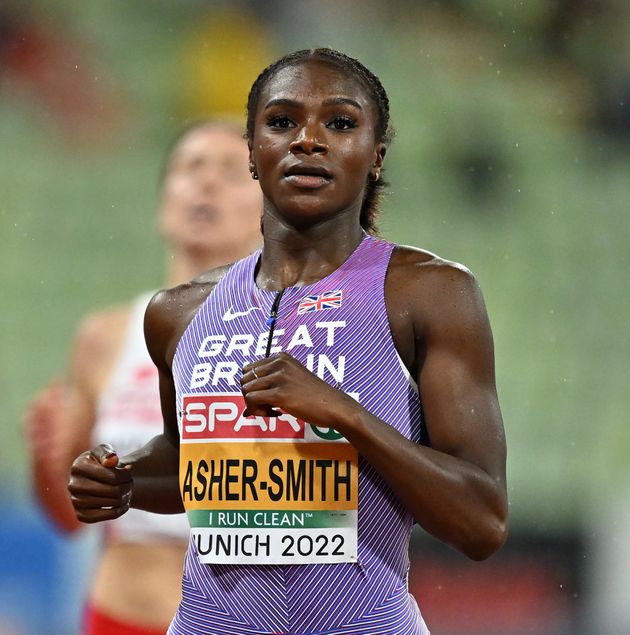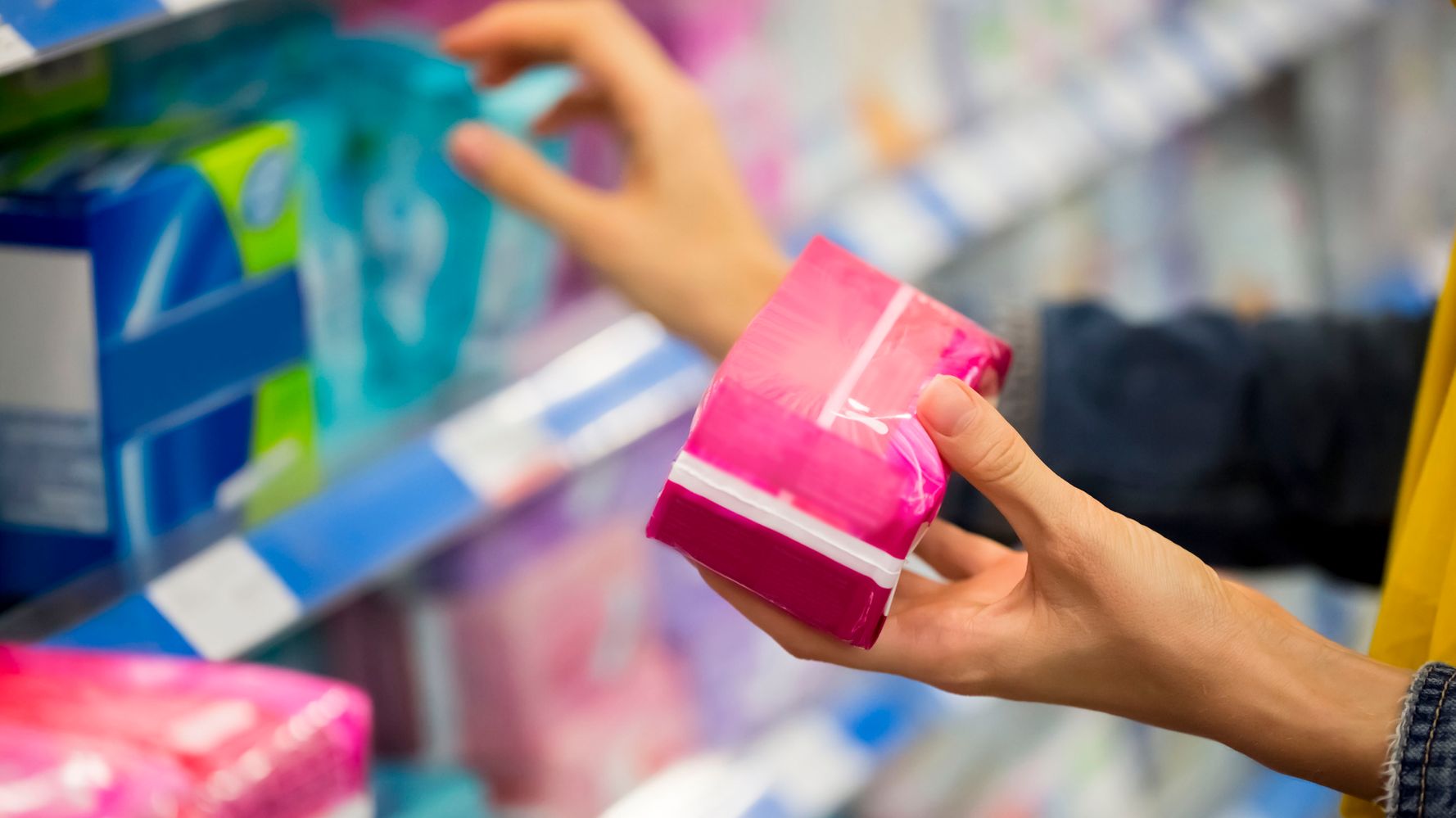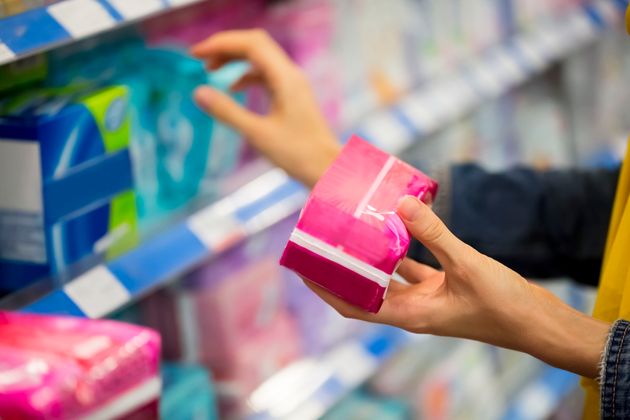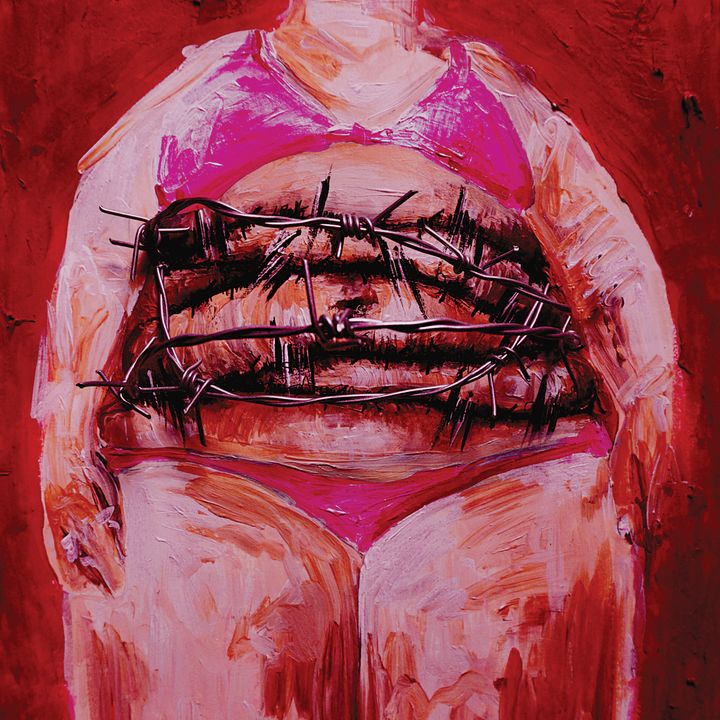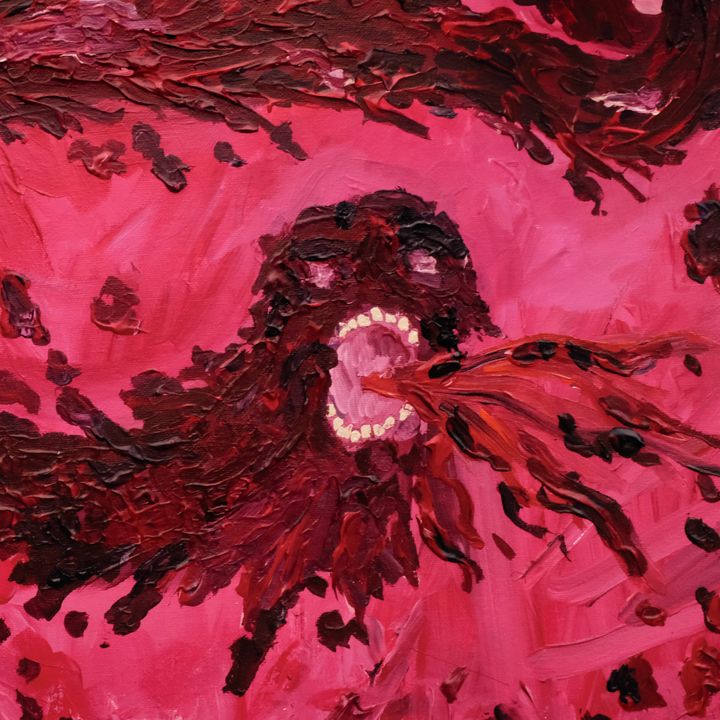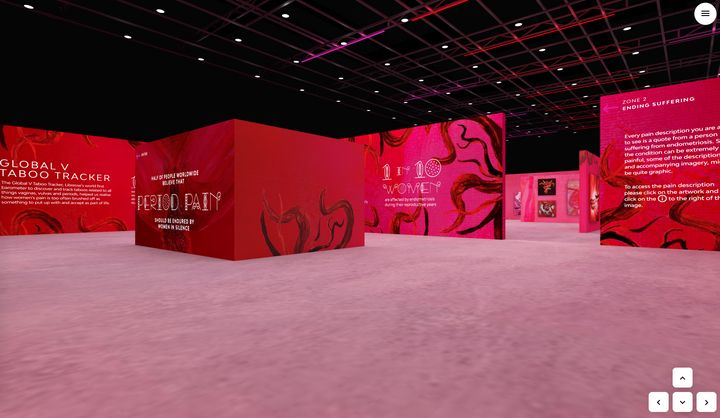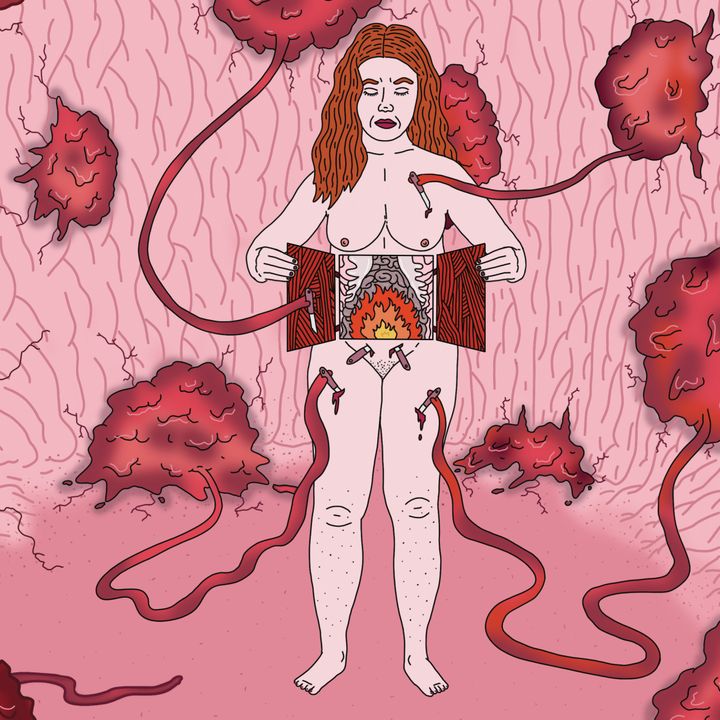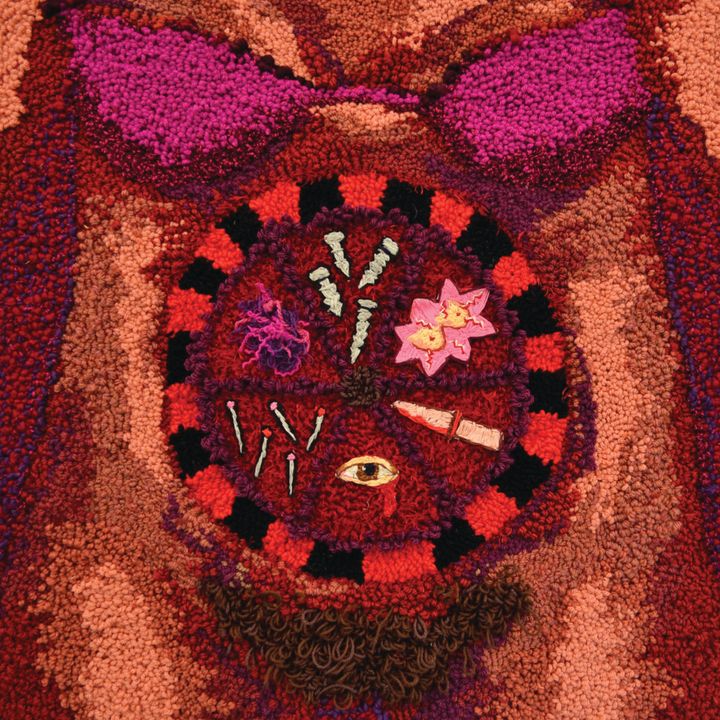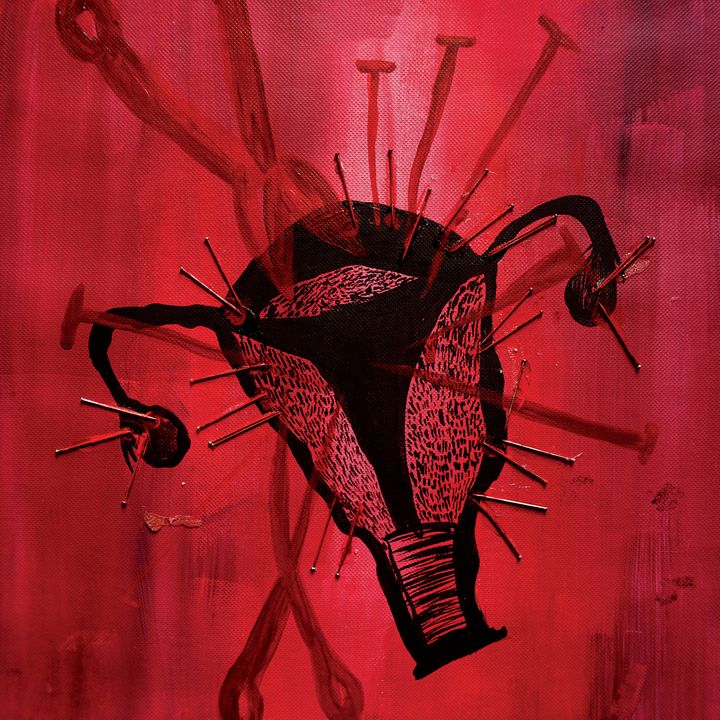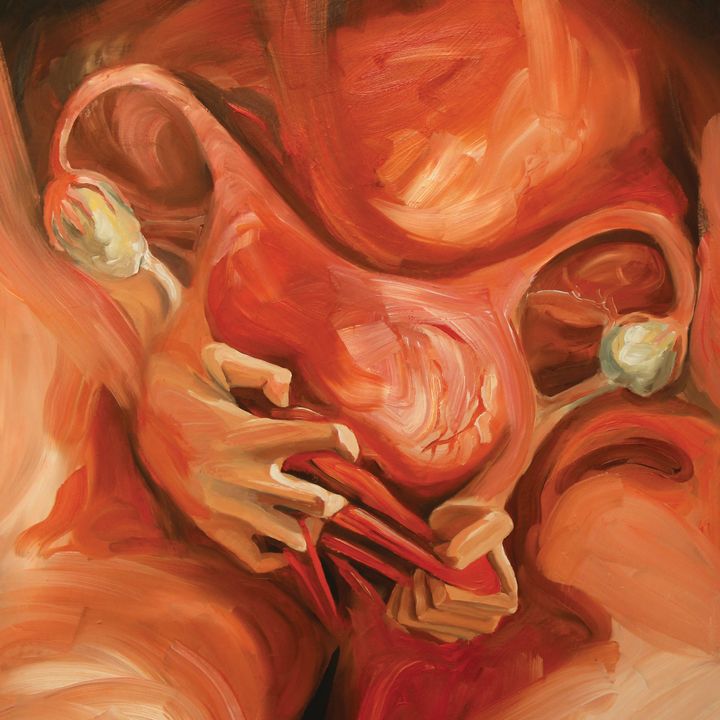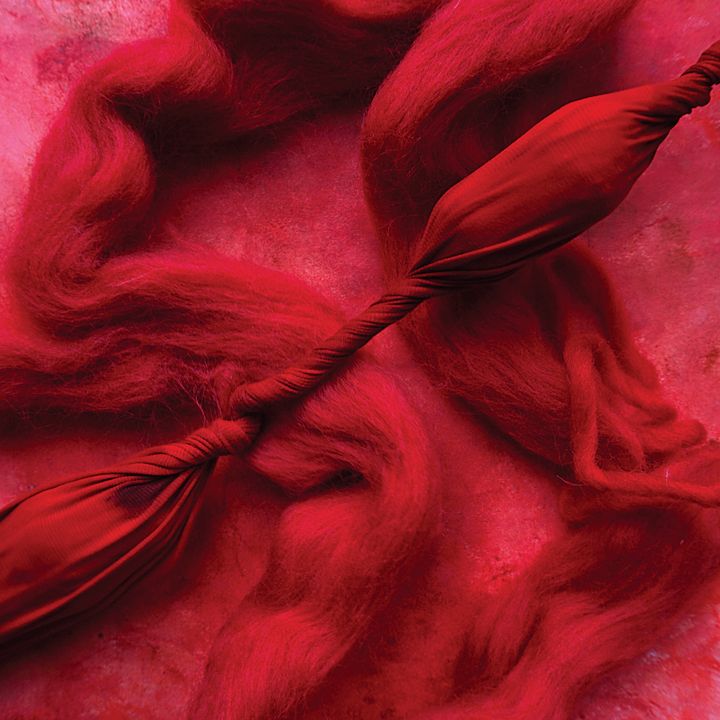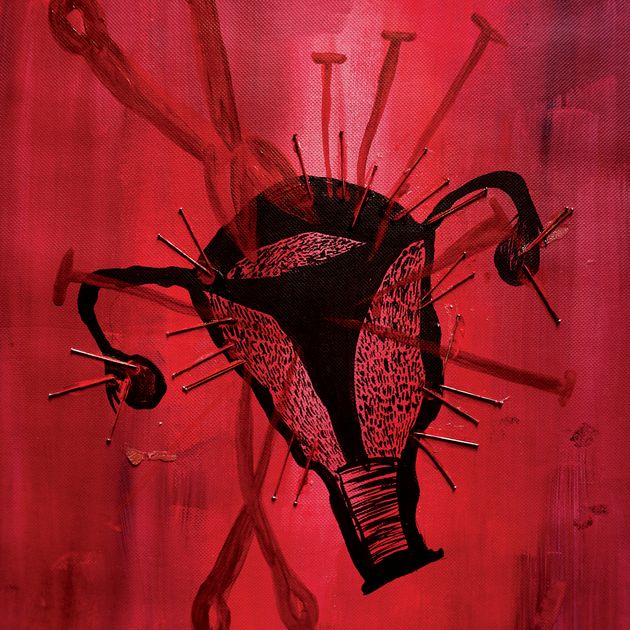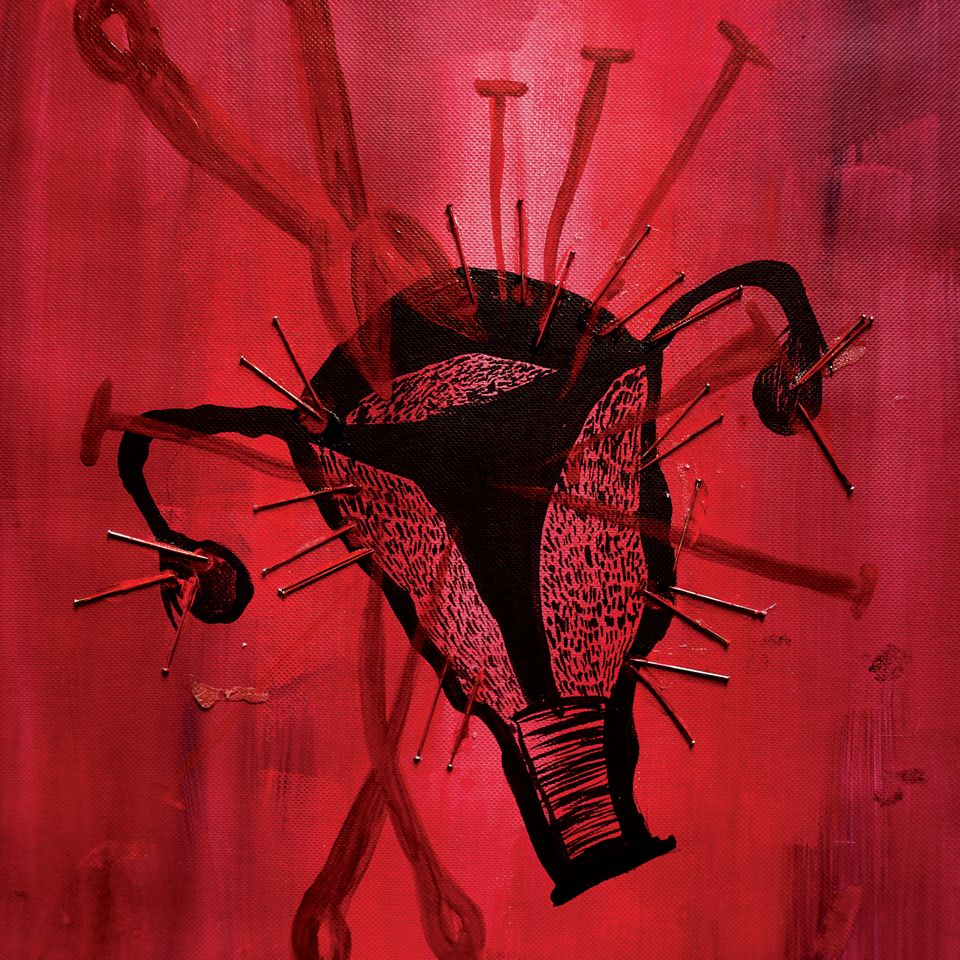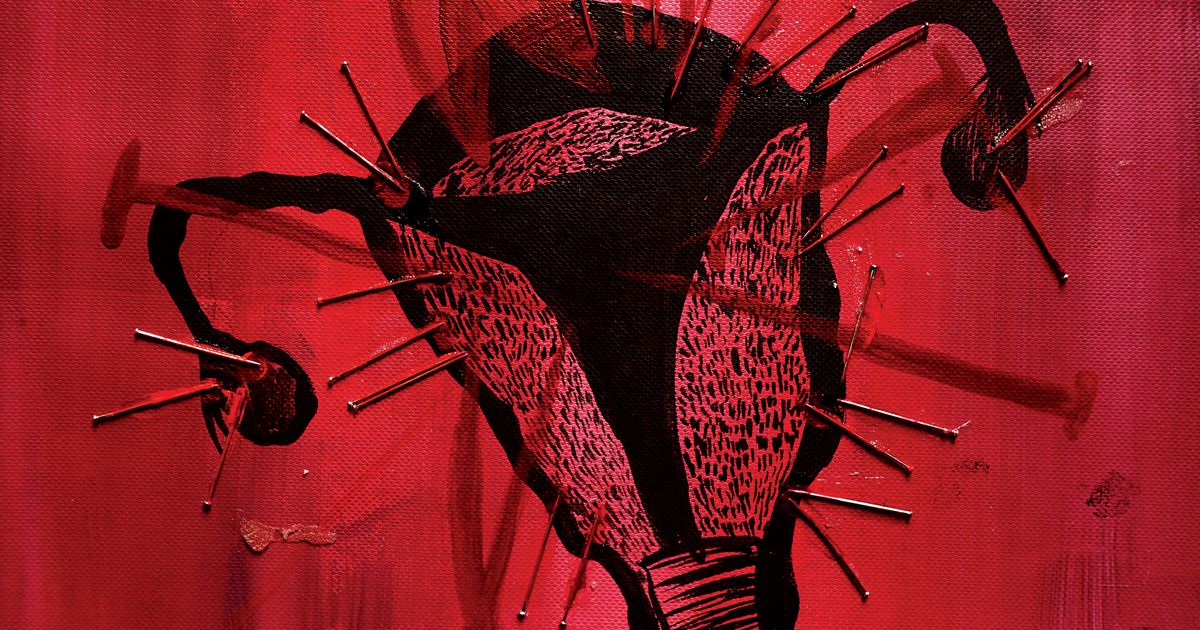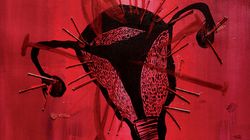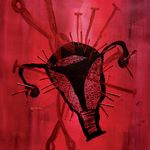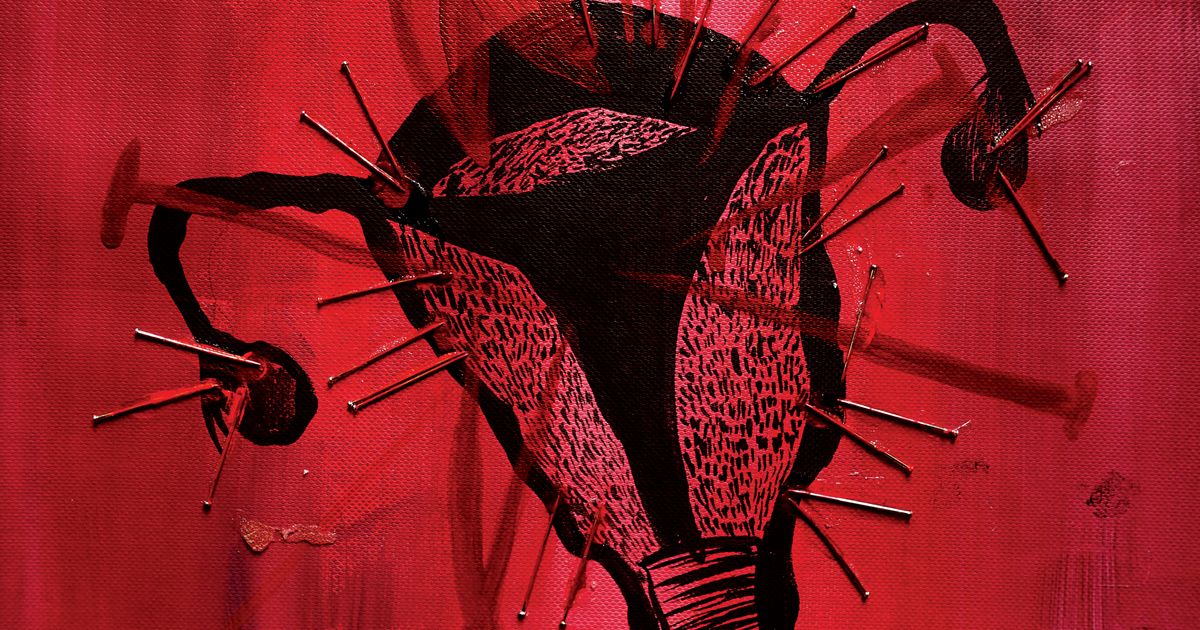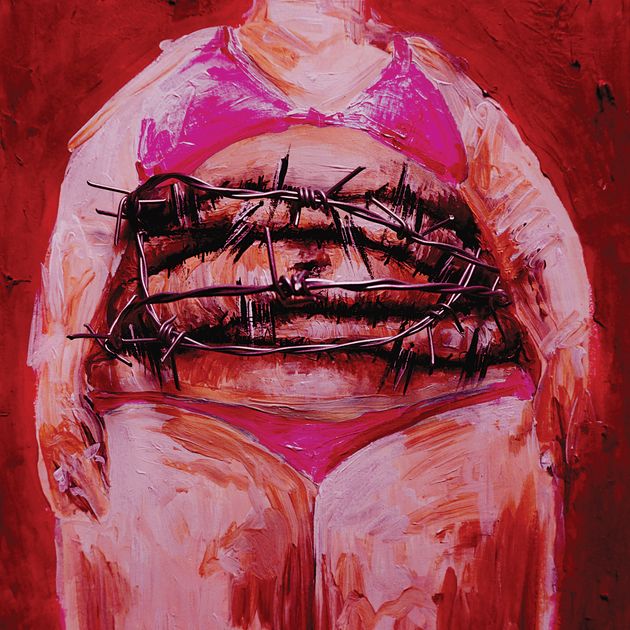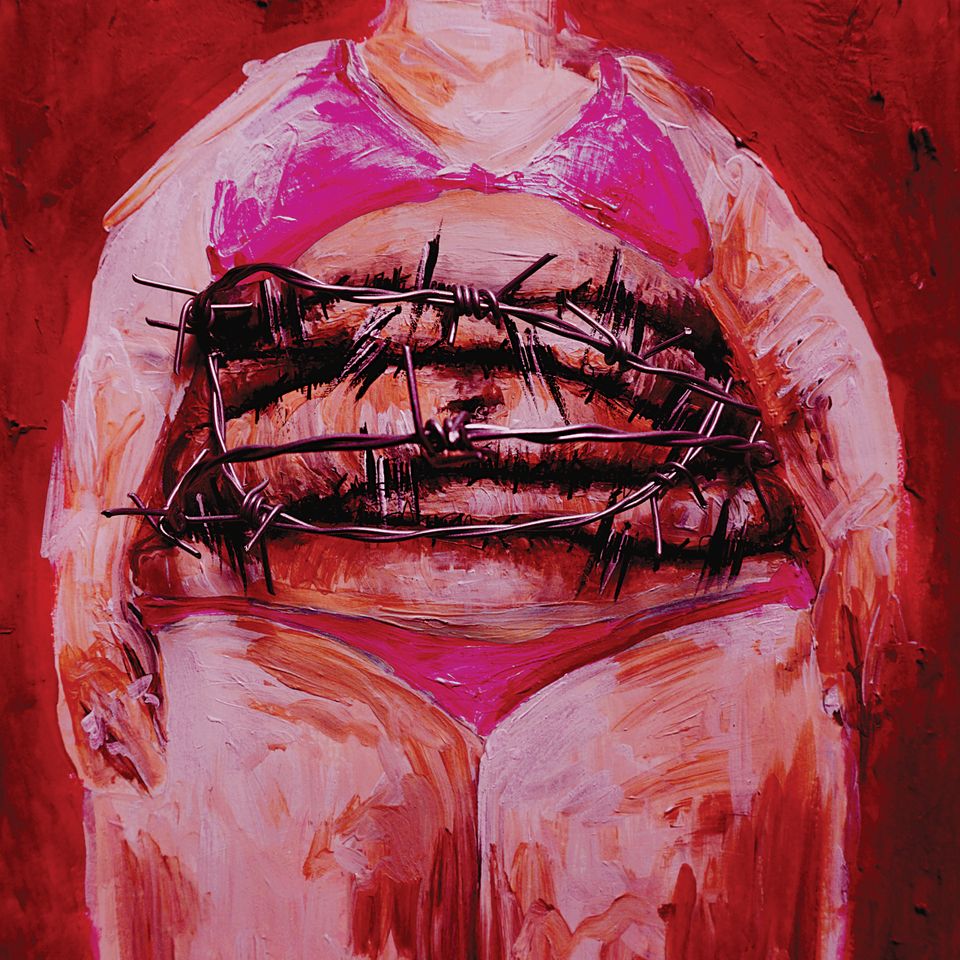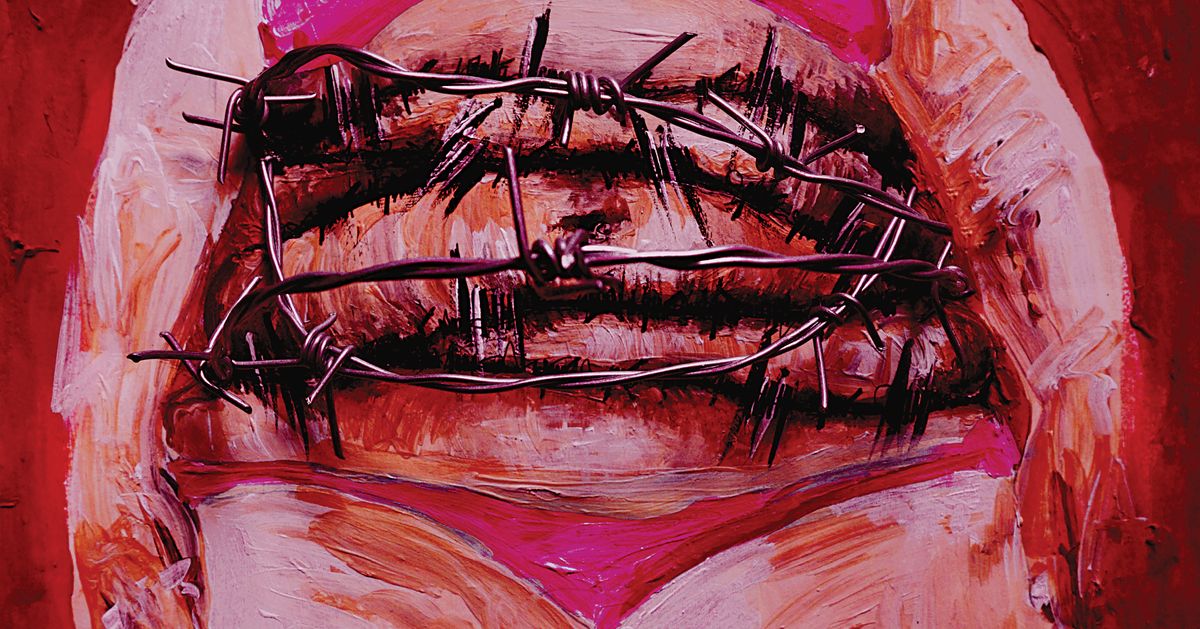An estimated 6.5 million people in the United States have endometriosis, a painful condition in which the uterine lining spreads and grows outside of the uterus. But that statistic likely vastly underestimates the prevalence of endometriosis because it’s notoriously difficult to diagnose.
Many of the symptoms ― which range from painful, heavy periods and painful sex to gastrointestinal issues and intense fatigue ― are associated with other reproductive health problems, including ovarian cysts and pelvic inflammatory disease. In addition, the pain associated with endometriosis is often dismissed by doctors as normal period cramps.
Advertisement
The only surefire way to diagnose endometriosis is to get a laparoscopy, a tiny surgical procedure that can identify the size and location of endometriosis. But that’s typically not the first test doctors recommend. Consequently, it can take years of inconclusive tests and misdiagnoses before the condition is properly diagnosed. In fact, endometriosis is so commonly misdiagnosed that the condition has picked up the nickname “the missed disease.”
Below, women diagnosed with endometriosis share what it physically feels like to live with the condition. They hope that their stories will encourage others experiencing symptoms to seek care and advocate for an accurate, timely diagnosis.
Extremely painful, heavy periods
Jaime Henson, a nurse practitioner who was diagnosed with endometriosis at age 32, says her symptoms started when she was 14 – 18 years before she got an official diagnosis.
As a teenager, she had extremely painful and irregular periods. At one point, her period lasted over a month. “I did not want to go out and do things because of the pain and nausea,” Henson says.
Advertisement
Blaine Mallory, a woman diagnosed with endometriosis, said she lost a ton of blood over the course of seven to eight days when she had her period. While menstruating, she experienced extreme cramping and dizziness.
“It was an iron deficiency brought on by my period,” Mallory said. Like Henson, Mallory’s period pain intensified over the years and became localised to her left ovary, which she later learned was covered in endometriosis.
People are often told that period pain is a normal part of menstruation, which causes many who experience intense or severe pelvic pain to believe that it’s just part of having a uterus. While it’s common to have some mild discomfort during menstruation, severe pain that impacts your quality of life or ability to function is not normal.
“I did not know any different and how it was ‘abnormal,’” Henson says.
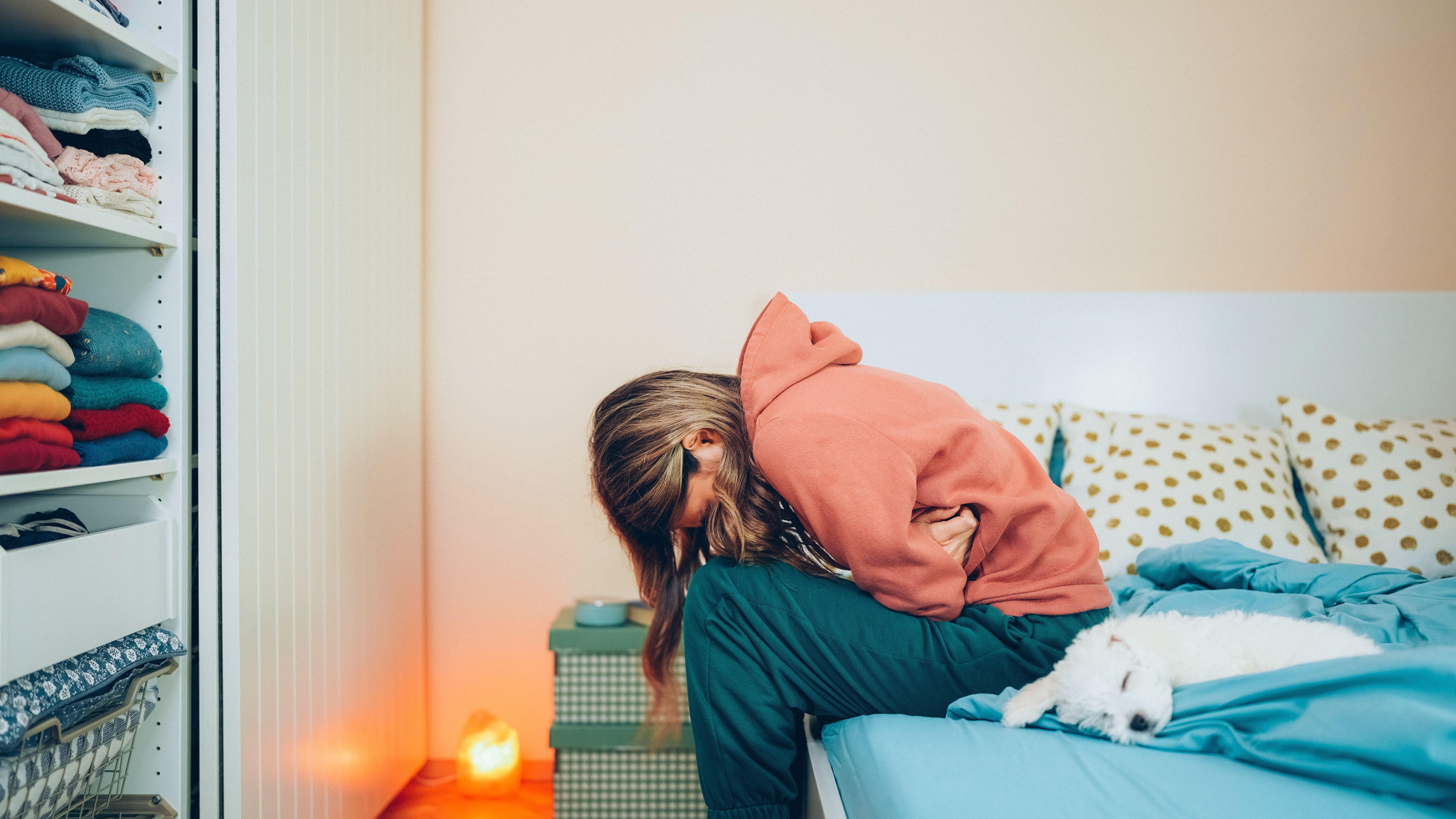
martin-dm via Getty Images
Pelvic pain during ovulation
Eventually, Henson’s pain increased and remained a problem throughout the month, not only while she had her period.
Advertisement
“I had extreme pelvic pain to the point where I could not stand up straight and would have to walk hunched over,” Henson says.
Kylie Meyer, a 33-year-old who recently had a hysterectomy to treat her stage 4 endometriosis, said her pain also initially flared up during her period, but got worse and occurred when she was ovulating, too. The pain, which she describes as crampy, was typically localised to one side of her body, rotating between the left ovary and the right ovary each month.
“There’d be times I would be shopping and would have to put my hand, essentially, into my pelvis to try to put pressure on the pain just to get through the store,” Meyer says.
Urinary and gastrointestinal issues
Henson says she sporadically noticed there was blood in her urine and often felt like she had a urinary tract infection ― but when she got tested for a UTI, the test results were normal. Additionally, she developed deep rectal pain. Despite undergoing multiple tests, her gastrointestinal specialist couldn’t identify the root of the problem.
Meyer also developed gastrointestinal issues. “I started getting bloating to the point that my stomach was distended,” she says. The bloating became so severe that her skin ached from being so stretched out.
Advertisement
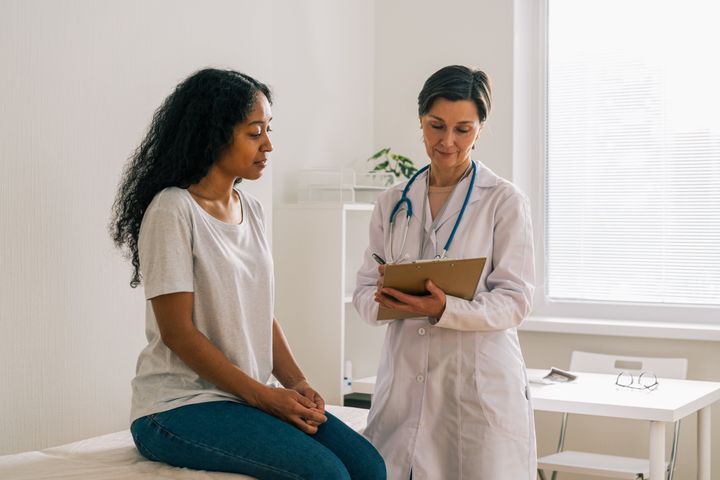
Natalia Gdovskaia via Getty Images
Struggling with unexplained infertility
Sheila Petersen, a woman diagnosed with endometriosis at age 34, began trying to get pregnant at 30. After multiple unsuccessful attempts, she was diagnosed with “unexplained infertility.”
She underwent multiple rounds of intrauterine insemination and in vitro fertilization, but still did not get pregnant. When she was finally diagnosed with endometriosis, she understood what had been preventing her from conceiving. Estimates suggest that around 47% of women experiencing infertility have endometriosis.
“I can’t help but wonder if it was caught when I was younger if our fertility journey would have been easier,” Petersen says.
Chronic, intense fatigue
One of the more debilitating symptoms Meyer deals with is fatigue that limits her ability to go out and live her life. Because endometriosis is an inflammatory disease, the body is constantly working to fight off the inflammation. Meyer learned that she has to carve out a few days each month to rest, otherwise her body will get too run down.
Advertisement
“It is exhausting. I can’t do things that I used to be able to do,” she says.
Meyer hopes that by sharing her symptoms, she can prevent others from going down a similar path.
“If I had gotten diagnosed earlier, it probably wouldn’t have gotten to severe stage 4 with frozen pelvis – and who knows if my uterus could have been saved if had I been diagnosed earlier,” Meyer says.

